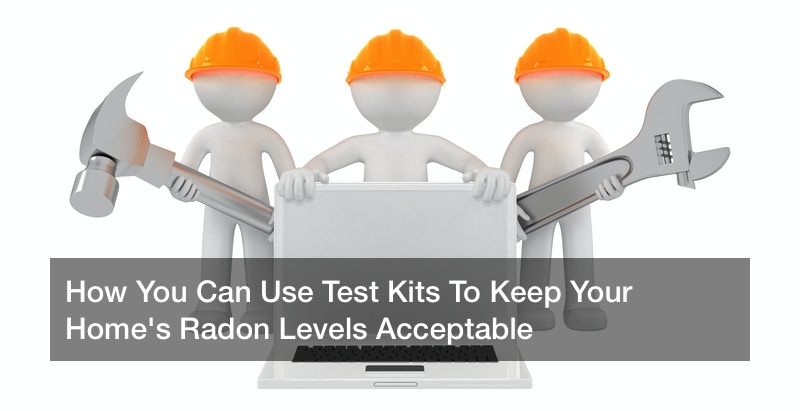
When you think of your home and all your belongings in your home, you think of a safe place where you don’t have to worry about the troubles or dangers going on in the world.
It’s certainly true that a home is a sanctuary, but even as you try to protect yourself from the world, many homes are susceptible to a silent danger in the form of radon. What is radon? It’s a naturally occurring radioactive gas that can’t be smelled or seen.
You may think “out of sight, out of mind” when it comes to radon, but it can be a hazardous to your health. Radon has been tagged by the U.S. Surgeon General as the second leading cause of lung cancer in the U.S. The Surgeon General’s Office also estimates that as many as 20,000 lung cancer deaths are caused each year by radon.
If you think your home isn’t or won’t be affected by radon, think again. Estimates show that about 1 in 15 American homes have normal or too high radon levels.
So what can be done to combat your (probable) radon problem? The simple answer is to get a radon testing kid for residential radon testing. You can enlist the help of professional radon testing services, but residential radon testing kits can be very effective. Most home improvement stores carry residential radon testing kits and they can also be ordered through the National Radon Hotline.
Radon test kits come in two forms, short term and long term. Short term kits take between two and 90 days to test and long term kits test for longer than 90 days. There are also two categories of residential radon testing kits, passive which requires no electricity and active, which does require electricity to work.
Some examples of passive radon devices include charcoal canisters which help absorb radon. The canisters are then taken to a lab where radioactive particles are counted to determine radon levels. There are also electret ion detectors, which have a statically-charged Teflon disc. When ion from radon decay hits the disc, the charge is diminished and that change is then tested to calculate radon levels.
If you’re doing residential radon testing, it’s best to find a low spot in your home (think your basement) and to try and avoid any damp spots. It should be noted that there’s also no “safe” number when it comes to radon. If your tests show a level or four or higher, you need to act quickly to resolve the problem. The last thing you want to do is risk your health or your family’s health.
So what do you do if you find high radon levels in your home. These three steps can help you resolve your issue:
- Choose a radon mitigation contractor: Lowering radon levels in your home requires the specific knowledge and skills of a radon mitigation contractor. Most states have requirements for these kinds of contractors, so you can easily contact state officials to find one.
- Have the contractor make a plan: Not all homes are the same, so not all radon levels are the same. Your style of house and other factors will ultimately determine what plan of action you should take. For instance, if your home has a basement, you can have a radon mitigation system installed.
A heat recovery ventilator (HRV) can also be effective for reducing radon levels. It works by pulling in outdoor air to heat or cool your house. Outdoor air has less radon is is safer to use as a result. - Maintain your radon mitigation system: To keep radon at acceptable levels, you’ll want to check your mitigation system’s manometer from time to time. You’ll also want to have your home tested for radon every few years to be on the safe side.
By using residential radon testing kits, you can keep your home safe and keep yourself and your family healthy. There are any number of residential radon testing kits available to use at home and finding and using the right one can be the best move you make for keeping a safe and healthy home.